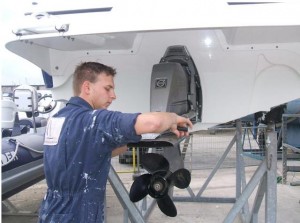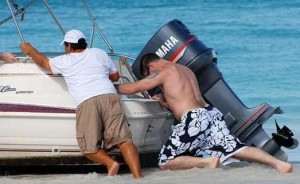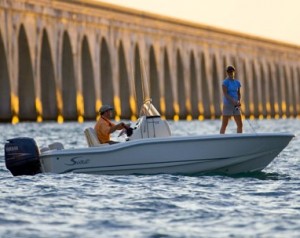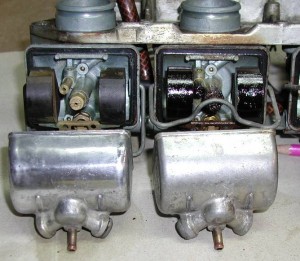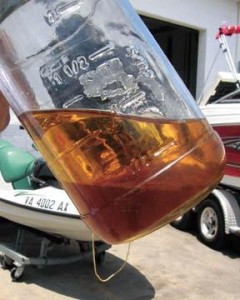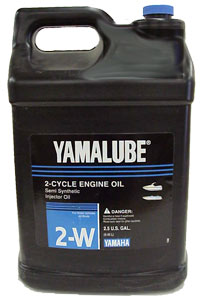Why Does Propeller Pitch Matter?
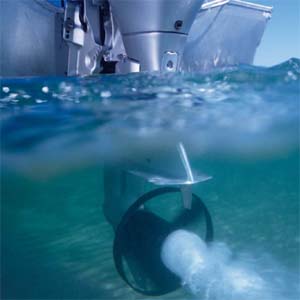 Yesterday we discussed the virtues of purchasing the proper propeller for one’s small boat. I received some correspondence from some longtime readers requesting specifics. The most common questions had to do with the “pitch” of the propeller and what that might mean for engine efficiency. So, thanks to popular demand, let’s take a closer look at that undervalued part that cuts through the water with authority.
Yesterday we discussed the virtues of purchasing the proper propeller for one’s small boat. I received some correspondence from some longtime readers requesting specifics. The most common questions had to do with the “pitch” of the propeller and what that might mean for engine efficiency. So, thanks to popular demand, let’s take a closer look at that undervalued part that cuts through the water with authority.
Pitch refers to the distance a propeller moves forward with each rotation. This measurement is extremely important for boaters who want to achieve maximum RPM at full throttle with a normal load inside the boat. If a boat is overpropped, or has too much pitch, it will be slow to get on plane and it won’t respond immediately to the throttle. In other words, such a boat will act as a sluggard until a more suitable propeller is attached.
If the boat is underpropped, or doesn’t have enough pitch, it will effortlessly exceed the manufacturer’s recommended RPM, and it will hop along in the water. Find a happy medium where the given pitch of a propeller corresponds to recommended RPM, and you’ll be well on your way to achieving engine efficiency and saving a pretty penny. Try asking a boat dealer if you can water-test a few different props before buying. Don’t let your latest fixation on propellers distract you from mandatory maintenance duties, however. Some fresh 2 cycle oil always does a motor good.


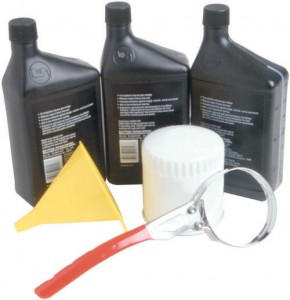 With a vast array of products available for your boat and WaveRunner, it can be difficult to decide what products are right for you. If you are unfamiliar with purchasing oil and other products, stick with manufacturer and name brands until you are more familiar with product specifications. Products, such as
With a vast array of products available for your boat and WaveRunner, it can be difficult to decide what products are right for you. If you are unfamiliar with purchasing oil and other products, stick with manufacturer and name brands until you are more familiar with product specifications. Products, such as 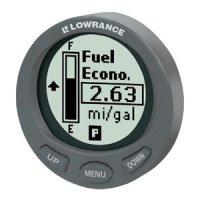 Earlier this week, we provided a few simple suggestions to aid boat owners in a financial pickle. It’s amazing to consider how much money the average boater could save by just cutting down slightly on fuel costs. Recognizing that not everyone has the resources or the patience to conduct thorough tests to find a boat’s “sweet spot,” it’s time to highlight a technological innovation that does the job for you.
Earlier this week, we provided a few simple suggestions to aid boat owners in a financial pickle. It’s amazing to consider how much money the average boater could save by just cutting down slightly on fuel costs. Recognizing that not everyone has the resources or the patience to conduct thorough tests to find a boat’s “sweet spot,” it’s time to highlight a technological innovation that does the job for you.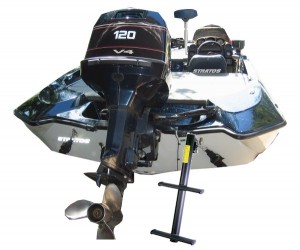
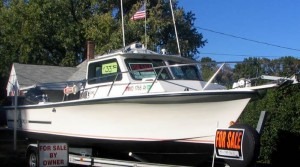
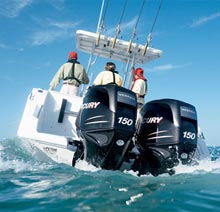 Today’s boaters could be forgiven for putting the past out of mind. As recently as the 1990s, federal rules for outboard engine efficiency were much less stringent – to the point that pollution became a problem and the small boating industry became something of a scapegoat for environmental groups. Around 1996, the marine industry and the Environmental Protection Agency teamed up to create and enforce fuel standards.
Today’s boaters could be forgiven for putting the past out of mind. As recently as the 1990s, federal rules for outboard engine efficiency were much less stringent – to the point that pollution became a problem and the small boating industry became something of a scapegoat for environmental groups. Around 1996, the marine industry and the Environmental Protection Agency teamed up to create and enforce fuel standards.